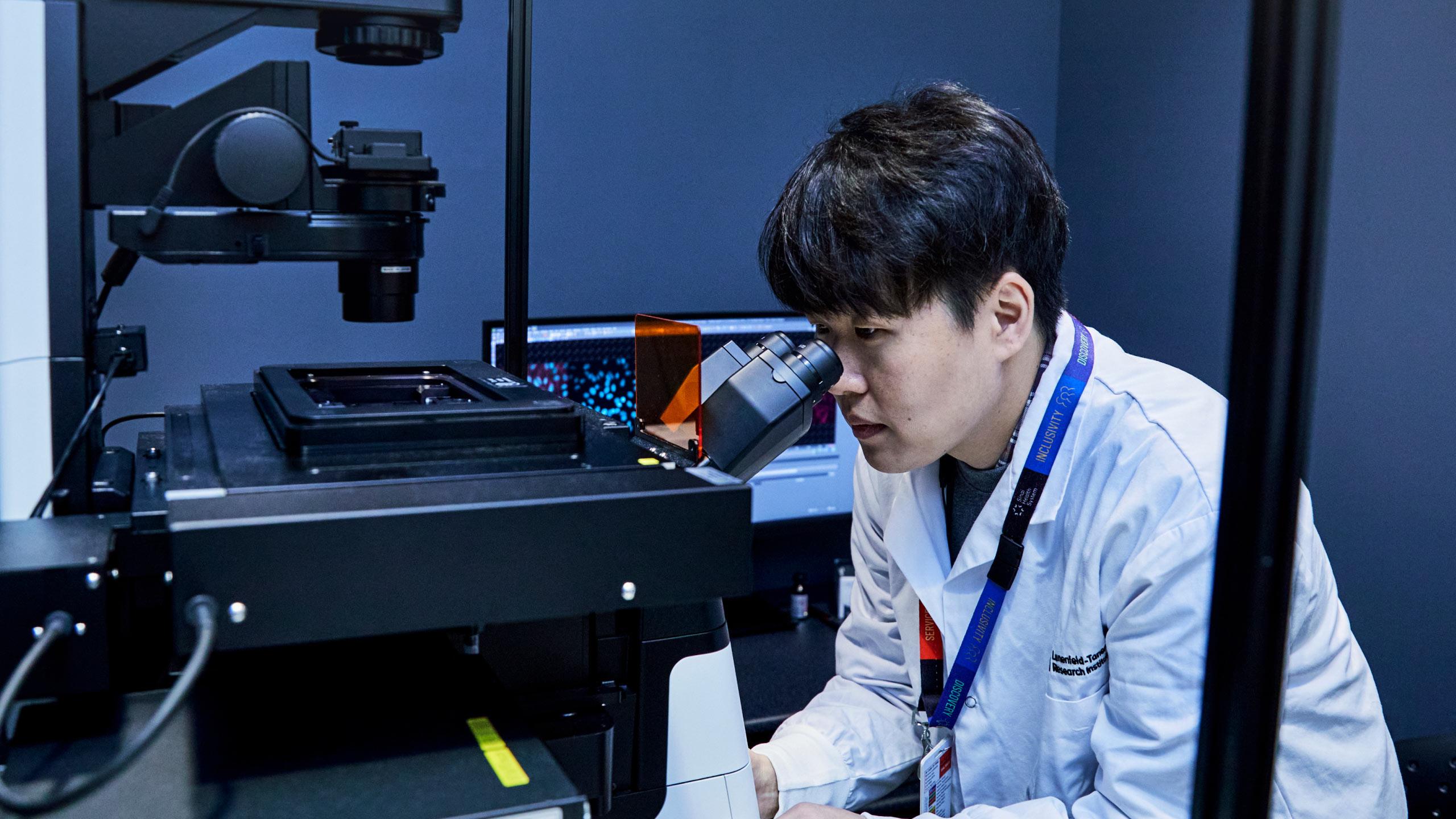Skin-to-Skin Care
Skin-to-skin care is encouraged for all babies during the first few hours after birth and throughout the first few days of life.
To do skin-to-skin care, place your baby in an upright position directly on your chest or on your partner's chest. There should be no clothes or blankets between you and your baby. A light baby blanket is then placed over you and your baby (making sure your baby’s face is not covered) and you can watch your baby at all times. You may need to explain how important this is to friends and family so they can respect this special time with your baby.
Skin-to-skin contact helps babies latch onto the breast or chest for feeding. When babies spend enough time skin-to-skin latching is a natural progression.
For more information about skin-to-skin care and baby-led latching, please visit the following resources:
- HealthLinkBC: The importance of skin-to-skin care
- Breastfeeding Information for Parents: Baby-led latching video
Skin-to-skin care in the first hour after birth benefits your baby by:
- Stabilizing temperature, blood sugar, heart rate, breathing and oxygen levels
- Encouraging breast/chestfeeding, weight gain, growth and development
- Stimulating the hormones needed to make milk
- Promoting parental attachment and confidence in parenting
- Encouraging periods of alertness and deep sleep
- Reducing pain during procedures for both you and your baby
- Reducing infant crying
- Regulating postpartum bleeding, blood pressure and stress hormones
All babies can do skin-to-skin care if they are medically well and stable. If you are unable to hold your baby skin-to-skin, your support person can step in. If immediate skin-to-skin is not possible immediately after birth, ask your health-care team when you can provide skin-to-skin care.
What to expect immediately after birth
Immediately after birth, your baby will be placed on your chest for skin-to-skin care. A hat and a warm blanket will be placed over your baby. Your baby should not wear more than a diaper during skin-to-skin care.
Routine procedures such as weighing your baby and giving them medication can wait until after the first hour of skin-to-skin care. It is also possible that some of these procedures may be carried out while your baby is skin-to-skin. You may start breast/chestfeeding within the first hour after birth during skin-to-skin, if that is part of your feeding plan.
Your baby can also spend time skin-to-skin while you are being transferred to the postpartum unit.
If skin-to-skin care needs to be interrupted for necessary medical care, you can return to skin-to-skin care as soon as possible afterward. If your baby needs care in the Neonatal Intensive Care Unit (NICU), you can ask your nurses in the NICU about the possibility of either holding your baby skin-to-skin or holding your baby’s hand while they are in the incubator.








